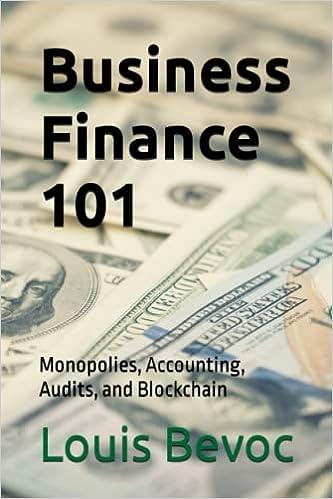Part 2: The Facts Joe Forte coached youth football, donated substantial time and money to not-for-profit organizations, and appeared to be an all-around "good guy" Joe Forte currently serves a 15 year sentence in prison, has an additional five years of supervised release, and is ordered to pay restitution of $34.9 million. He pleaded guilty in criminal court to money laundering, wire fraud, mail fraud, and bank fraud. He lied to investors about the return on their investment and the value of partnership assets. The reality is that Forte consistently lost money on his trades. He was successful at attracting new investors, so be used new investment dollars to pay back any older investors who wanted to withdraw from the fund. Forte operated the typical Ponzi scam from 1995 to 2008, victimizing over 100 individuals, primarily friends and acquaintances. Because he was unable to continue the scheme, he turned himself in to authorities in December of 2008. When news of the Bernie Madoff Ponzi scam erupted, it made current investors wary, and alerted potential investors to be cautious Current investors began withdrawing funds and the previously constant stream of new investors dried up Required 1 1. Why were so many investors fooled by Forte 2. Whiw factor may have motivated vorte to commit fraud? (Kint. Consider all three sides of the Proud Triangle 3. Ames the ethical behavior and integrity of John Irwin, who is the CPA in this case to consider the CPACode of lithics) 4. Consider that John Irwis is the chairman of the board at Hilhop School. The school hud an endowment invested with Forte. What is the obligation to this organization? 5. In your opinion, how should the court rulle victims of the Ponn com to recover some or all of their investmene? Should investors be required to give back pain and or principle Should charities who received donations from Porte be required to return the donation Part 2: The Facts Joe Forte coached youth football, donated substantial time and money to not-for-profit organizations, and appeared to be an all-around "good guy" Joe Forte currently serves a 15 year sentence in prison, has an additional five years of supervised release, and is ordered to pay restitution of $34.9 million. He pleaded guilty in criminal court to money laundering, wire fraud, mail fraud, and bank fraud. He lied to investors about the return on their investment and the value of partnership assets. The reality is that Forte consistently lost money on his trades. He was successful at attracting new investors, so be used new investment dollars to pay back any older investors who wanted to withdraw from the fund. Forte operated the typical Ponzi scam from 1995 to 2008, victimizing over 100 individuals, primarily friends and acquaintances. Because he was unable to continue the scheme, he turned himself in to authorities in December of 2008. When news of the Bernie Madoff Ponzi scam erupted, it made current investors wary, and alerted potential investors to be cautious Current investors began withdrawing funds and the previously constant stream of new investors dried up Required 1 1. Why were so many investors fooled by Forte 2. Whiw factor may have motivated vorte to commit fraud? (Kint. Consider all three sides of the Proud Triangle 3. Ames the ethical behavior and integrity of John Irwin, who is the CPA in this case to consider the CPACode of lithics) 4. Consider that John Irwis is the chairman of the board at Hilhop School. The school hud an endowment invested with Forte. What is the obligation to this organization? 5. In your opinion, how should the court rulle victims of the Ponn com to recover some or all of their investmene? Should investors be required to give back pain and or principle Should charities who received donations from Porte be required to return the donation







